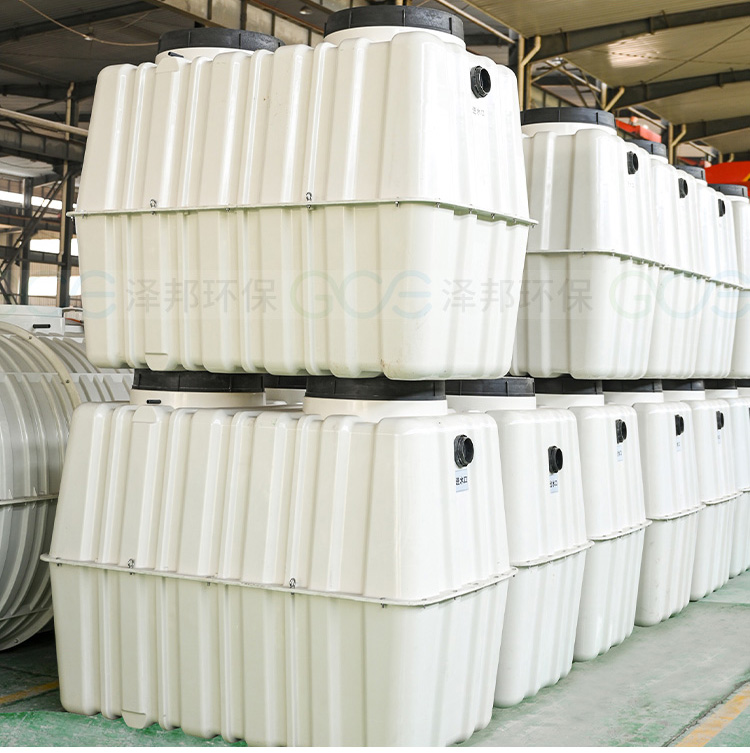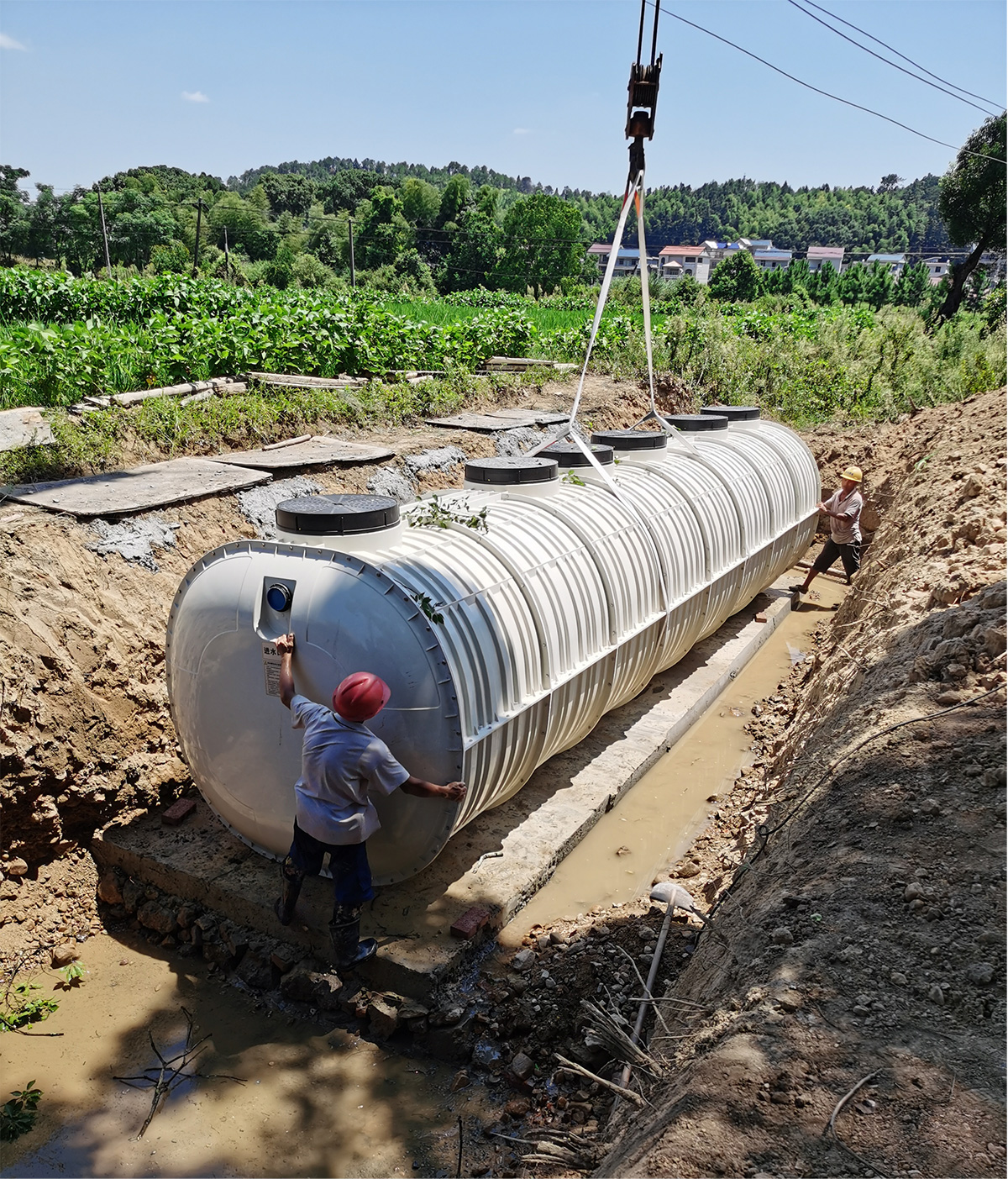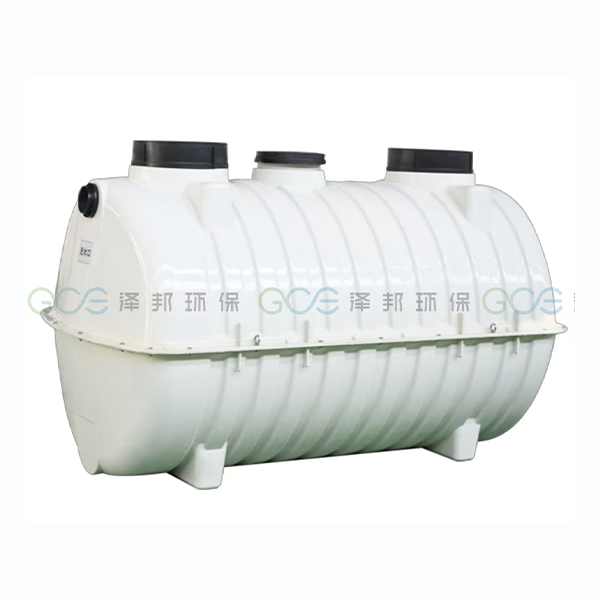Understanding the Role of Sewage Treatment Tanks in Waste Management Systems
Sewage treatment tanks are vital components of waste management systems, playing a crucial role in the treatment and disposal of wastewater. As urbanization and industrialization increase, the effective management of sewage has become more important than ever. Wuxi Zebang Environmental Protection Technology Co., Ltd. specializes in providing comprehensive services for sewage treatment, including design, manufacturing, installation, commissioning, and operational maintenance. This article explores the role of sewage treatment tanks in waste management systems, their functions, types, processes involved, and their significance in protecting public health and the environment.
The Importance of Sewage Treatment
What is Sewage?
Sewage is a mixture of wastewater from various sources, including households, industries, and commercial establishments. It contains a variety of contaminants such as organic matter, pathogens, nutrients (like nitrogen and phosphorus), and inorganic substances. If left untreated, sewage can lead to severe environmental pollution, health hazards, and degradation of water bodies.
Why Treat Sewage?
The primary goal of sewage treatment is to remove contaminants from wastewater to produce effluent that is safe for discharge into the environment or for reuse. Effective sewage treatment helps:
Protect Public Health: By removing harmful pathogens and pollutants, sewage treatment reduces the risk of waterborne diseases.
Preserve Water Quality: Treated effluent can be safely discharged into rivers or lakes without harming aquatic ecosystems.
Facilitate Water Reuse: Treated wastewater can be repurposed for irrigation, industrial processes, or even drinking water in some advanced systems.
Comply with Regulations: Many countries have strict regulations governing wastewater discharge to protect public health and the environment.

Types of Sewage Treatment Tanks
Sewage treatment tanks come in various types, each designed for specific applications and treatment processes. The most common types include:
1. Septic Tanks
Septic tanks are underground chambers used primarily in rural areas where centralized sewage systems are unavailable. They collect and treat wastewater from households through a natural process involving sedimentation and anaerobic digestion. Solid waste settles at the bottom as sludge, while lighter materials float to the top as scum. The liquid effluent is then released into a drain field for further treatment.
2. Aeration Tanks
Aeration tanks are used in activated sludge processes where air is introduced into the wastewater to promote the growth of microorganisms that break down organic matter. These tanks provide an ideal environment for aerobic bacteria to thrive, effectively reducing biochemical oxygen demand (BOD) in the effluent.
3. Clarifiers
Clarifiers are used after primary or secondary treatment processes to separate solids from liquids. They allow suspended solids to settle at the bottom while clear effluent overflows from the top. The settled sludge can be returned to the aeration tank or processed further.
4. Membrane Bioreactors (MBR)
MBRs combine biological treatment with membrane filtration to produce high-quality effluent. They use membranes to separate treated water from sludge, allowing for effective removal of contaminants while minimizing space requirements.
5. Constructed Wetlands
Constructed wetlands utilize natural processes involving wetland vegetation and soil to treat wastewater. They provide a cost-effective solution for small communities or decentralized systems by mimicking natural filtration processes.

The Sewage Treatment Process
Sewage treatment typically involves several stages designed to remove contaminants effectively:
1. Preliminary Treatment
The first stage involves screening out large debris such as sticks, plastics, and other solids that could damage equipment or hinder subsequent processes. This is often achieved through bar screens or mesh screens.
2. Primary Treatment
In this stage, sewage is directed into sedimentation tanks where gravity allows solids to settle at the bottom as sludge while lighter materials rise to form scum on the surface. The clarified liquid effluent is then collected for further treatment.
3. Secondary Treatment
Secondary treatment employs biological processes to break down organic matter remaining in the effluent. This can be achieved through various methods such as:
Activated Sludge Process: Aerobic bacteria consume organic pollutants in aeration tanks.
Trickling Filters: Wastewater trickles over media surfaces colonized by bacteria that digest organic matter.
4. Tertiary Treatment
Tertiary treatment aims to polish the effluent further by removing remaining contaminants such as nutrients (nitrogen and phosphorus) and pathogens. This stage may involve advanced filtration methods like microfiltration or reverse osmosis.
5. Disinfection
Before discharge or reuse, treated effluent undergoes disinfection using methods such as chlorination or ultraviolet (UV) light exposure to eliminate any remaining pathogens.
6. Sludge Management
The sludge generated during primary and secondary treatments must be managed properly to prevent environmental contamination. Options include anaerobic digestion (to produce biogas), composting (to create soil amendments), or incineration.

The Role of Sewage Treatment Tanks in Waste Management Systems
Sewage treatment tanks play a central role in waste management systems by facilitating effective wastewater treatment through various processes that ensure public health protection and environmental sustainability.
1. Efficient Contaminant Removal
Sewage treatment tanks are designed specifically to remove contaminants from wastewater effectively. By employing various physical, biological, and chemical processes within these tanks, harmful substances are significantly reduced before effluent discharge.
2. Resource Recovery
Modern sewage treatment systems increasingly focus on resource recovery from wastewater streams. For example:
Biogas Production: Anaerobic digestion of sludge can produce biogas that can be harnessed for energy generation.
Nutrient Recovery: Treated sludge can be processed into biosolids that serve as nutrient-rich fertilizers for agriculture.
3. Environmental Protection
By treating sewage before it enters natural water bodies, sewage treatment tanks help protect aquatic ecosystems from pollution caused by untreated wastewater discharges. This contributes to maintaining biodiversity and preserving water quality.
4. Adaptability to Local Needs
Sewage treatment tanks can be designed to meet specific local requirements based on population density, industrial activity levels, and environmental regulations. This adaptability ensures that communities receive tailored solutions that address their unique challenges effectively.

Conclusion
Sewage treatment tanks are integral components of waste management systems that play a vital role in treating wastewater effectively while protecting public health and the environment. With increasing urbanization and industrial activity leading to greater volumes of sewage generation worldwide, investing in efficient sewage treatment solutions has never been more critical.
Wuxi Zebang Environmental Protection Technology Co., Ltd.'s comprehensive approach—encompassing design, manufacturing, installation, commissioning, and operational maintenance—ensures that communities have access to reliable sewage treatment systems tailored to their specific needs.
As we move towards a more sustainable future characterized by responsible water management practices, understanding the role of sewage treatment tanks will be essential for ensuring clean water access while safeguarding our ecosystems from pollution caused by untreated wastewater discharges.
The Advantages of Using Sewage Treatment Tanks for Waste Management



